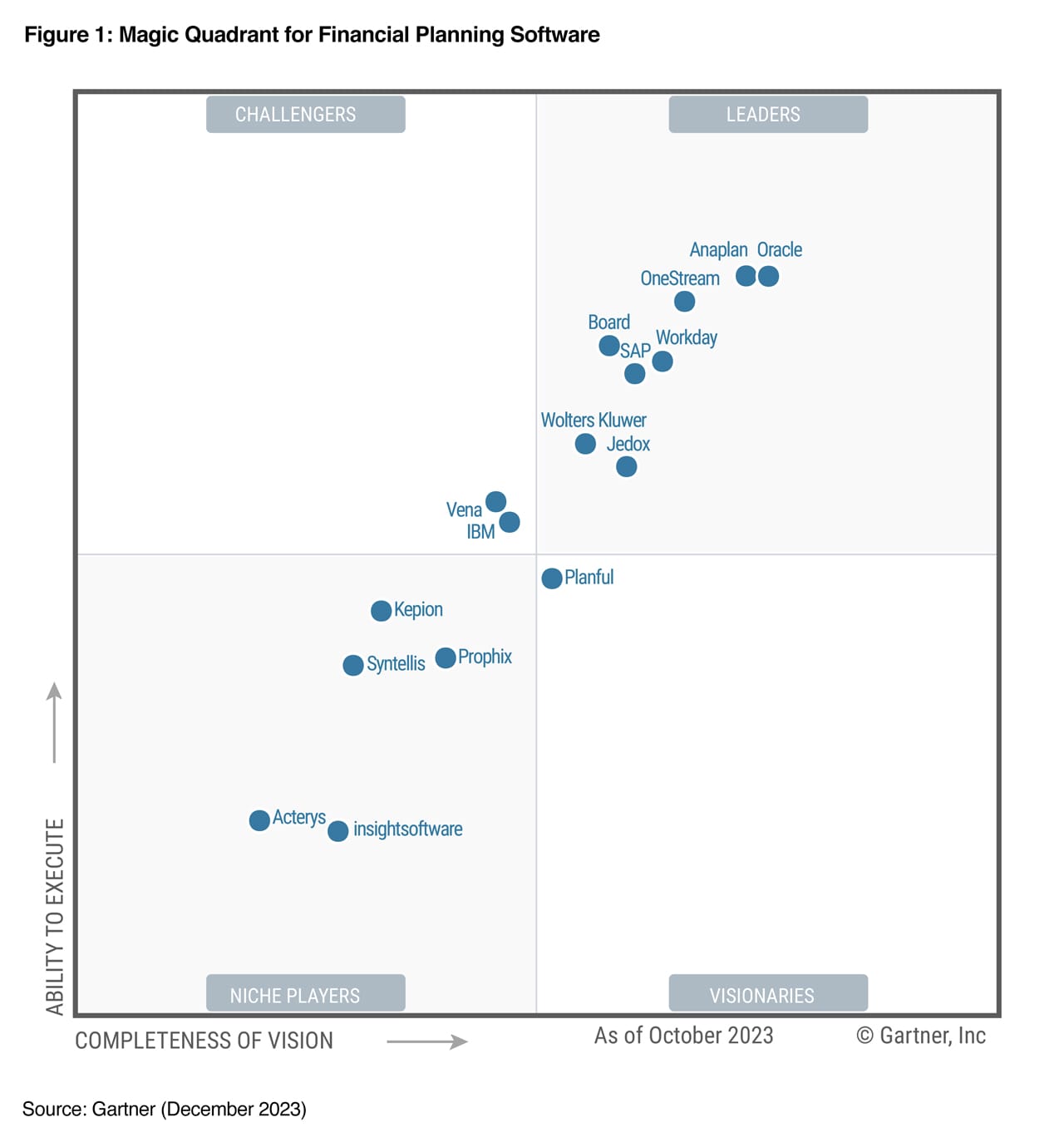Session 2: Modeling Your Business Data
Lesson 3 – Creating a Database
Description
Now that you’ve completed the first session, understand what OLAP is including the concepts behind it, and feel confident that you understand terms like “dimension” and “element”, you’re ready for the next steps: creating a model for your business data. This lesson covers how to create a database, which is the first very first step to take when setting up your data model. This involves using the Modeler, which you learned how to access and use in Session 1. The next steps are covered in the following lessons, the prerequisite being that you used the input you learned from the first lesson of session 2 to create a theoretical data model. After establishing what dimensions you need, you’ll have to identify the source of your information in order to add it to the system. Static sources are covered in this session in addition to importing sources and a great new feature as of Jedox 7: the time editor for setting up your time dimension. Note: This is shown in a simplified manner in this session to foster your understanding of how the Jedox system is set up and functions so that you’re properly prepared for bigger challenges later – in-depth integration using extract, transform, load (ETL) processes is handled in a later session. Setting up attributes and automatic translations, called internationalization (another new feature as of Jedox 7), is covered here as well. When your dimensions have been set up, you can move on to creating a cube, which is where your data will be stored. Best practices are also brought up whenever appropriate.
Learn More
Get familiar with Jedox as a platform by watching our Platform Basics course, where you can learn how to create ad-hoc reports, customized reports, and set up data models among other things. Check out the Jedox Blog for some great practical examples and our user documentation resource at the Jedox Knowledge Base.



